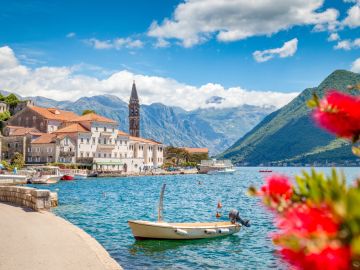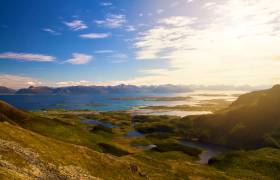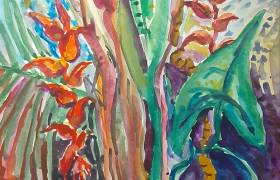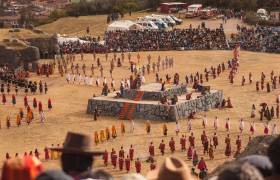You may have already noticed that places like Albania, Montenegro, Bosnia and Romania, are swiftly becoming must-visit destinations in Europe – but why? Not only do these Balkan countries offer great hiking and cycling trails, natural wonders, interesting historical sites and delicious cuisine, but they’re also lesser-known, making them ideal destinations if you’re looking to avoid the tourist crowds and enjoy a more authentic experience. Read to find out some of the key reasons why the Balkans are trending this year.
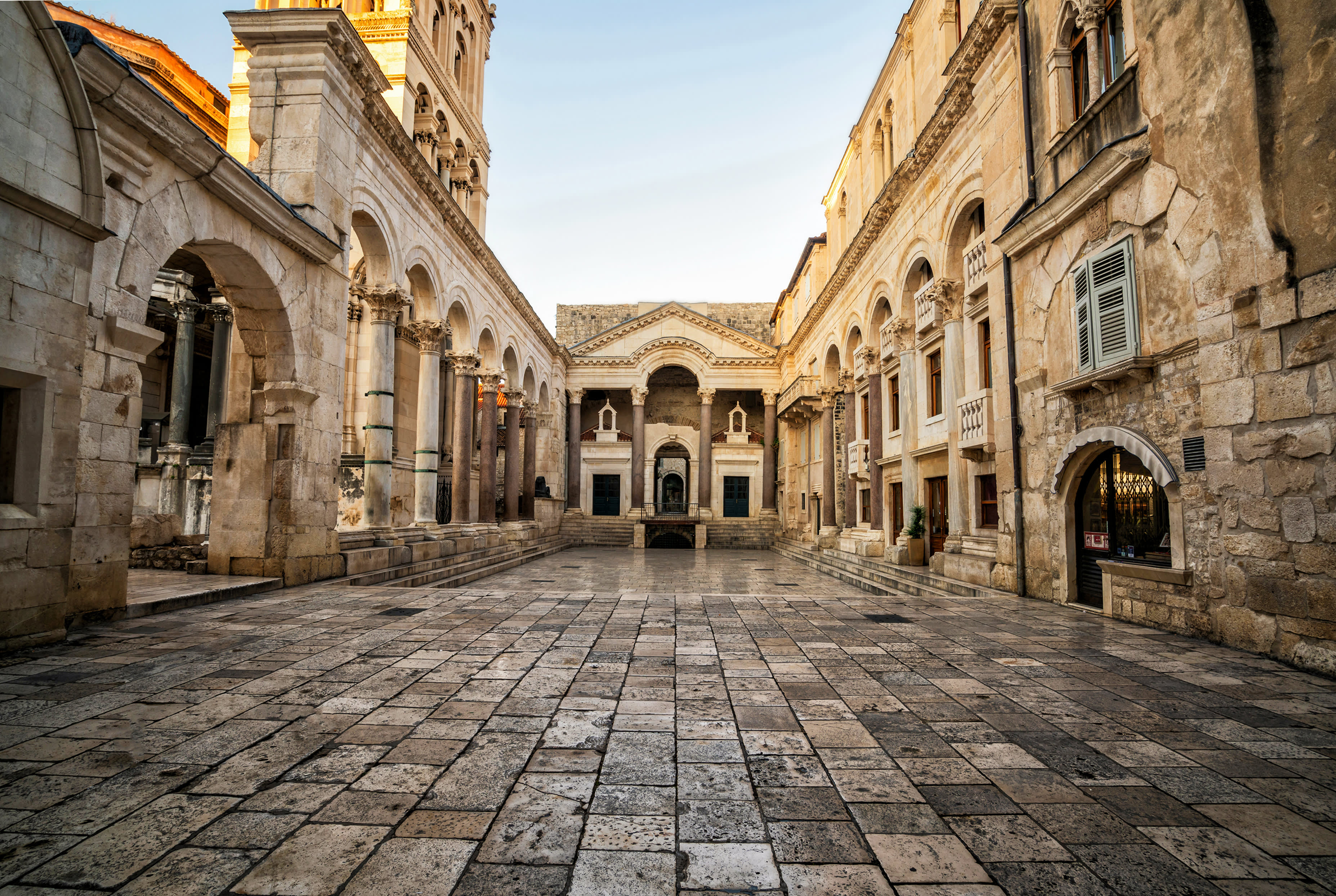
1. For the fascinating historical sites
Influenced by ancient civilisations, the Byzantine Empire and the Ottoman Empire, the Balkans is a brilliant place to explore if you’re keen to visit ruins and medieval fortresses or admire Ottoman architecture. On day five of our Croatia Islands and Mountains trip, you’ll get the opportunity to visit Diocletian’s Palace in the coastal city of Split. Regarded as one of the most well-preserved Roman monuments in the world, this palace was built at the end of the third century AD to be used by the Roman Emperor Diocletian as his retirement residence. Over the centuries, this palace served as a military fortress, boasting a series of intricate courtyards, grandiose buildings and towering defensive walls.
Another striking historical monument we visit on our Balkan trips is Berat Castle in Albania. Known as ‘Kalaja e Beratit’ in Albanian, the castle has not only been a strategic stronghold throughout the centuries, but it has since transformed into a fascinating cultural centre for the city, showcasing the influences of past rulers and inhabitants as early as the 4th century BC. On day 8 of our Highlights of Albania trip, you’ll get time to explore inside the fortified walls to see its historic churches and mosques, including the Church of the Holy Trinity, the Church of St. Mary of Blachernae and the ruins of the Red Mosque. You’ll also visit the dwelling houses and the Onufri Museum (Museum of Iconography), which displays interesting icons and artefacts from renowned Albanian iconographer, Onufri.
Situated in the western Balkans, Bosnia is also full of spectacular historical sites. One of the most atmospheric places to visit is Mostar – a town which has traditional market stalls and striking examples of Ottoman architecture. On day 8 of our Bosnia and Beyond trip, you’ll get to enjoy a city tour which takes you to Stari Most, a famous UNESCO World Heritage Site, the Old Town market, known as čaršija, and the beautiful Koski Mehmed Paša Mosque.
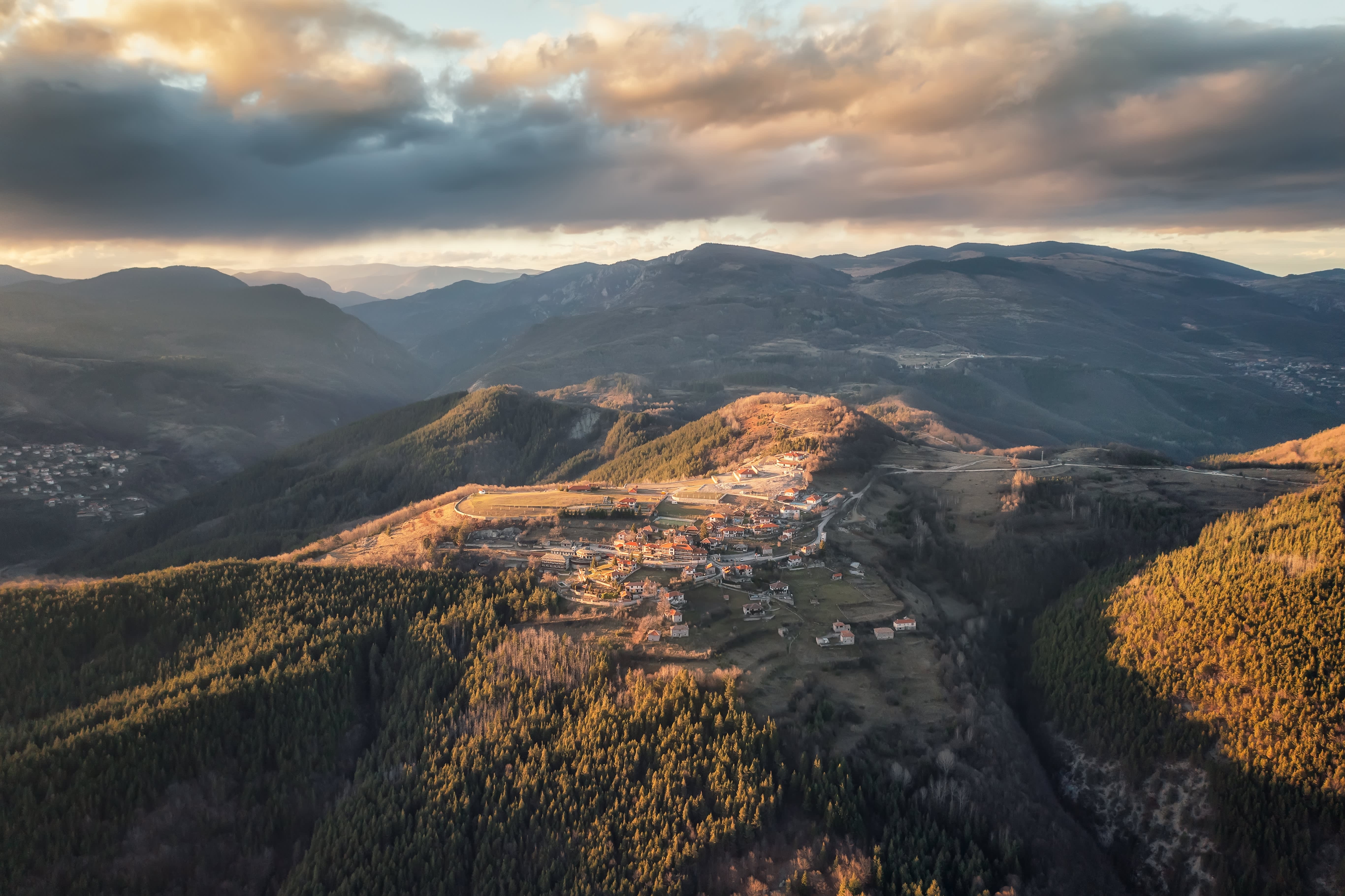
2. For the spectacular mountain scenery
Aside from its rich history, the Balkans are also renowned for their incredible mountain ranges which offer breathtaking panoramas of the rugged peaks and pristine forests. So, if you’re a keen hiker or nature lover, the Balkans offer a fantastic range of accessible trails that allow you to experience the real beauty of the mountains.
One mountain range that’s lesser-known but particularly stunning is the Rodopi Mountains. Located in the southeast of Bulgaria, they cover over 5,689 square miles, making it the largest mountain range in the country. Characterised by dramatic features including sweeping limestone gorges, deep river valleys, spires, dense forests and major cave complexes, the Rodopi Mountains are a fantastic place to explore on foot, and you can see the best parts on our eight-day Bulgaria: Rodopi Mountains trip.
The mountains are also known for their rich biodiversity with animals such as the Balkan chamois, Eurasian lynx, wild boar, red deer, gray wolf and brown bear residing in the forests. So, if you’re looking to enhance your chances of spotting these creatures, join our European brown bear expert, Julian Perry, on our Bulgaria Realm of the Brown Bear adventure, as he takes you on daily hikes through this region to record scats, tracks, and other signs of bear activity. You’ll also spend two evenings visiting a bear hide, in the hopes of spotting the animal’s nocturnal habits.
Another great place to soak up the mountain scenery and spot the elusive brown bear is in the Carpathian Mountains in Romania, where nearly 50% of the European population resides. On day three of our Carpathian Walking & Bears trip, you’ll get to spend an evening brown bear watching in Barza Valley, where an expert forester will take your group to a safe hide deep in the forest. The Carpathian Mountains are also rich in cultural heritage, with a history that dates back thousands of years. Dotted with traditional villages, historic churches, and medieval fortresses, you’ll get the opportunity to visit the charming town of Brașov, and the unique Kalibash villages of Magura and Pestera, which all offer insights into the region’s history and culture.
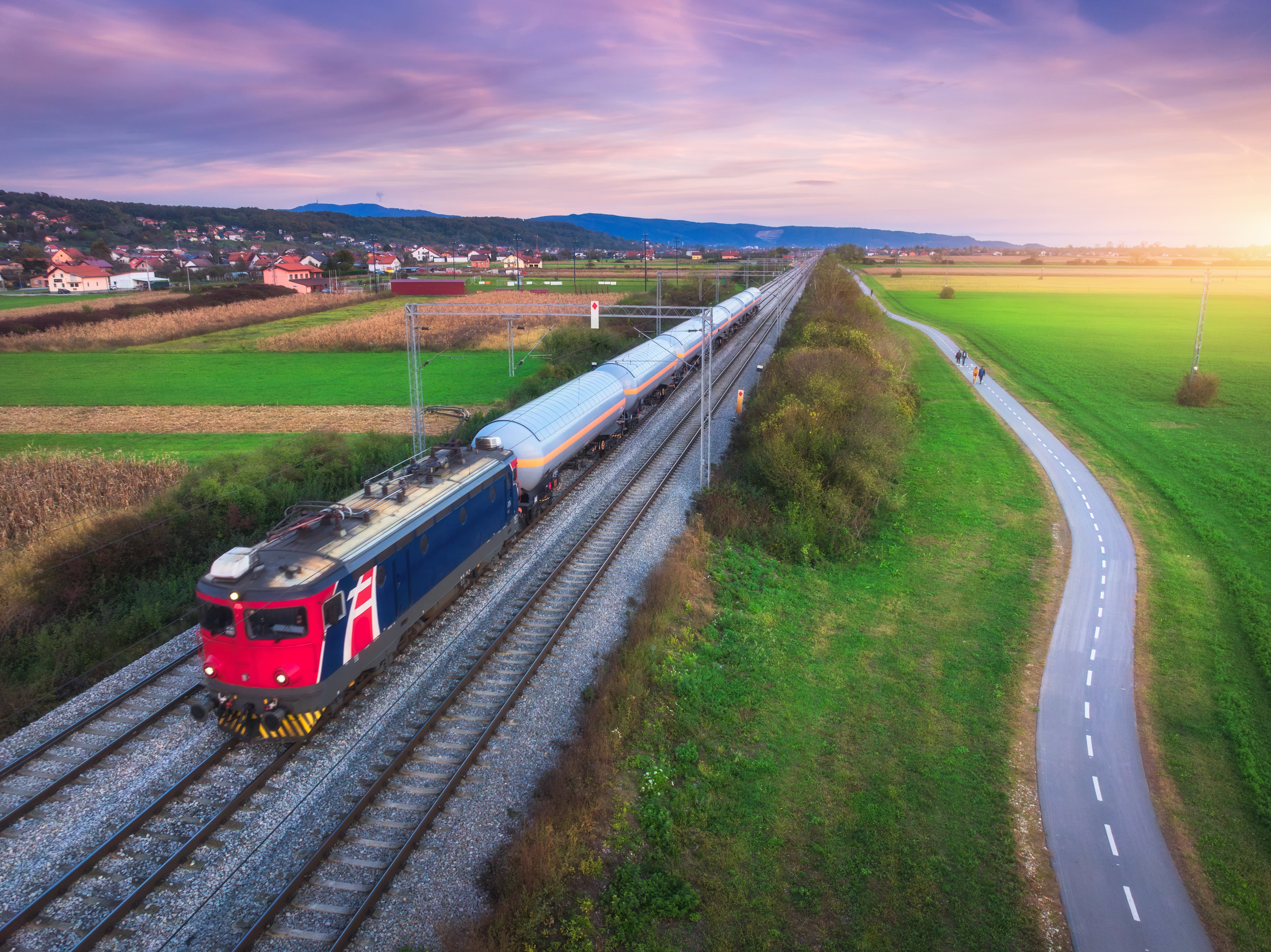
3. For the accessible train routes
For some, flying may be the easier option, but for others who like to immerse themselves in the journey itself, travelling by train can be an appealing way to get from A to B. Train travel also boasts a significantly lower carbon footprint compared to flying or driving.
We love the idea of embracing slower, more mindful travel, so we’ve partnered up with Byway, one of the leading UK-based personalised slow travel providers, who help travellers organise flight-free routes to the starting point of our holidays (with accommodation along the way) and this includes routes to wonderful destinations in the Balkans. With Byway, you can find accessible train routes to Dubrovnik and Split in Croatia where our guided group trips begin. So, why not hop on the train and explore the islands of Hvar, Korčula and the lush Mljet National Park on our Cycling Croatia’s Dalmatian Coast trip or spend more time visiting the stunning historical cities of Split, Trogir and Dubrovnik on the mainland on our Dubrovnik & the Dalmatian Coast adventure?
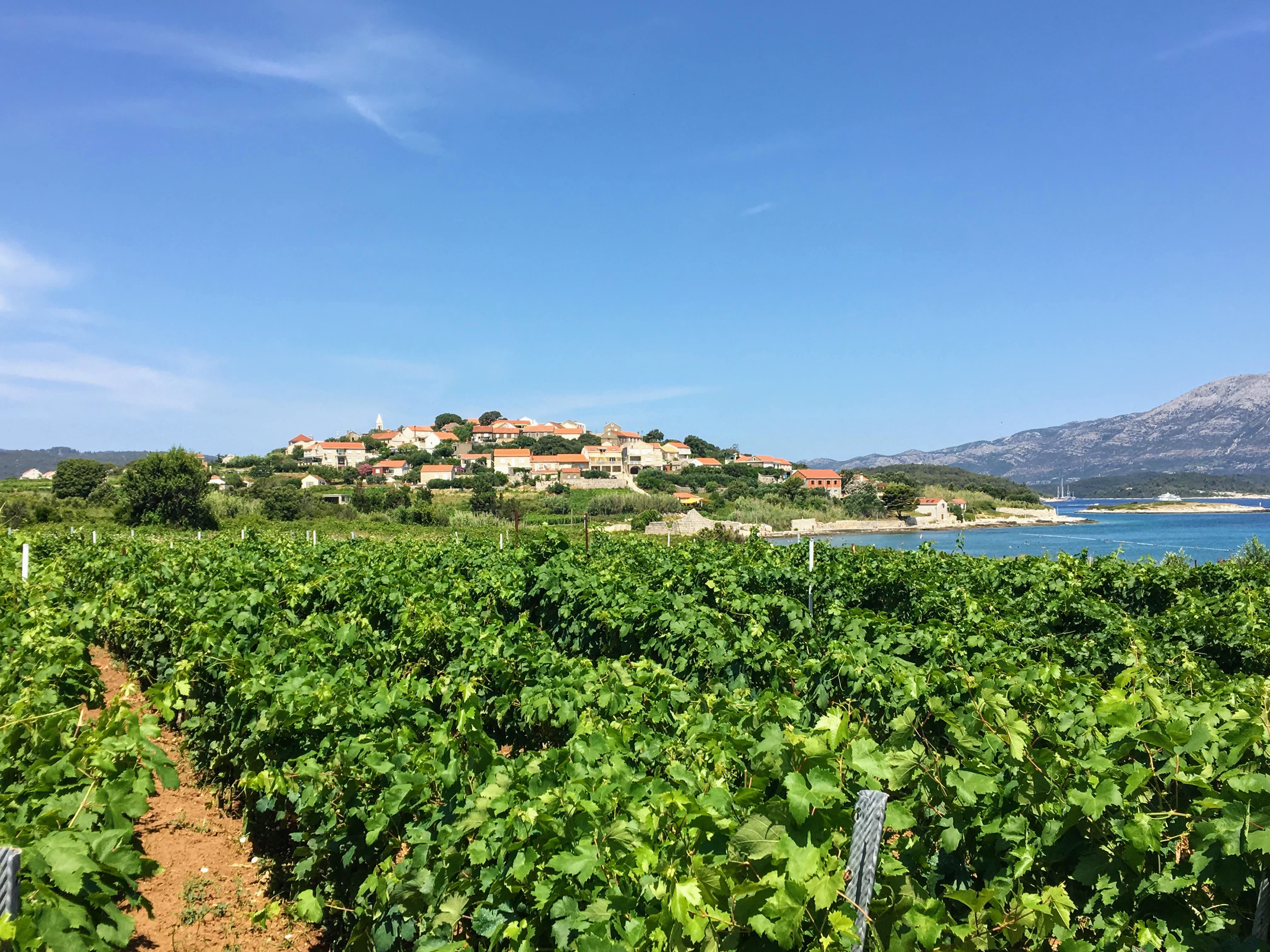
4. For the delicious local wine tastings and cuisine
Many may not know, but the Balkans is home to numerous award-winning vineyards, grape varieties and winemaking techniques that date back thousands of years. Some experts claim that evidence of viticulture can be traced back to ancient civilisations such as the Illyrians, Thracians, and ancient Greeks. Thanks to its diverse microclimates, high elevations and rich soil, the unique terroirs in the Balkan states offer great opportunities for grape cultivation and winemaking, and you get to taste some of the region’s finest wines during our trips in the Balkans.
One region that boasts a diverse wine portfolio of indigenous and international grape varieties, is Bosnia. Some of the most popular grape varieties in the region include Žilavka and Blatina and you may get the chance to taste these on our Bosnia & Beyond trip. On day 10, you’ll explore the pretty village of Trebinje, and visit a family-owned winery where you’ll get to enjoy glasses of rich red wines with earthy notes. You’ll find that these wines pair well with Bosnian burek, a comforting cheese and spinach pie made with coiled phyllo dough.
There are also many notable wine regions in Croatia. On day three of our Dubrovnik & the Dalmatian Coast we visit the renowned Grk winery in the afternoon to sample their delicious local wines. Grk is an ancient variety of white grape and legend has it that it’s been growing for over two thousand years in Lumbarda on the island of Korčula. Medium-bodied with high acidity, Grk effortlessly combines mineral and fruity aromas with notes of pine, herbs and salinity. This wine pairs particularly well with white fish and shellfish dishes, which you’ll find in abundance in Croatia. While in Korčula, we’d recommend trying their regional fish brodet, which is usually cooked with parsley, tomatoes, garlic and white wine, and served alongside polenta or rice.
Romania also has a long history of producing wine, dating back to 600-500BC, when the Greeks introduced grapevines to the country from their journeys across the Black Sea. The Transylvanian Plateau, in particular, is one of the country’s most important wine-producing regions, where you’ll find some of the best vineyards. The most popular grape varieties across the Transylvanian Plateau include Feteasca Regala, Feteasca Alba, and Muscat Ottonel. These white, aromatic wines would pair well with chicken dishes or charcuterie. On day four of our Highlights of Romania trip, you’ll make a stop in Transylvania so you can try these delicious wines for yourself.
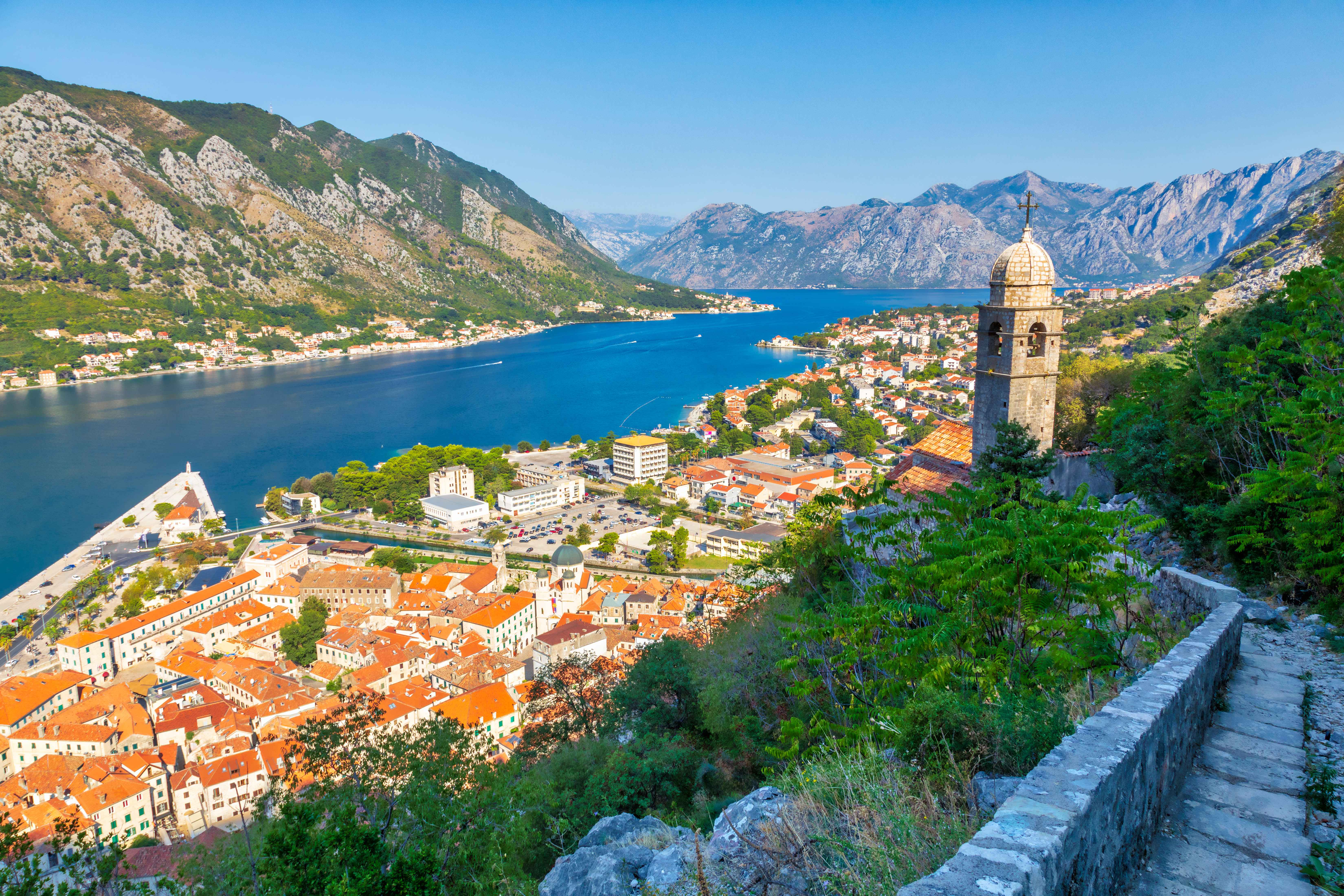
5. For the coastal cycling routes
The Balkan states also offer great opportunities for coastal and lakeside cycling, with each country having its own unique routes. One particularly spectacular place is the picturesque Bay of Kotor in northern Montenegro, known to some as Europe’s southernmost fjord. On day 13 of our Cycle the Balkans trip, you’ll take a short transfer from Nikšić to Vilsu to spend time soaking up the gorgeous views of the Adriatic Sea, dramatic mountain peaks and the medieval towns that hug the bay. Feel the coastal breeze on your face as you ride along the pathway, before visiting Kotor’s striking medieval walls.
If you’re keen on heading to Albania, our Cycling in Albania trip takes you to the breathtaking Llogora National Park on day seven. Situated along the Albanian Riviera, which overlooks the Ionian Sea, you’ll spend some time at this national park after making the rewarding ascent to the Llogara pass (1,043m). Known for its challenging mountain trails that wind through the park’s forested slopes and flat, relaxing coastal paths, you get to experience the best of both worlds and enjoy a refreshing dip in the Ionian Sea when you’ve completed the day’s cycle.
However, arguably one of the best places to cycle near the sea in the Balkans is Croatia. Known as the “Land of a Thousand Islands” odds are you’ll never be that far away from the glittering, turquoise, Adriatic Sea. On our Cycling Croatia’s Dalmatian Coast trip, you’ll spend some time riding past vineyards and ancient olive groves in the Peljesac Peninsula that overlook the Adriatic, while also covering the idyllic coastal roads and paths on the islands of Hvar and Korčula. Here, you’ll have time to unwind in their charming medieval towns, and sample their delicious seafood dishes, like kamenice s limunom (oysters with lemon juice) and salata od hobotnice (octopus salad).
If this has inspired you to think about booking an incredible trip in the Balkan states, take a look at our fantastic range of adventures here.
